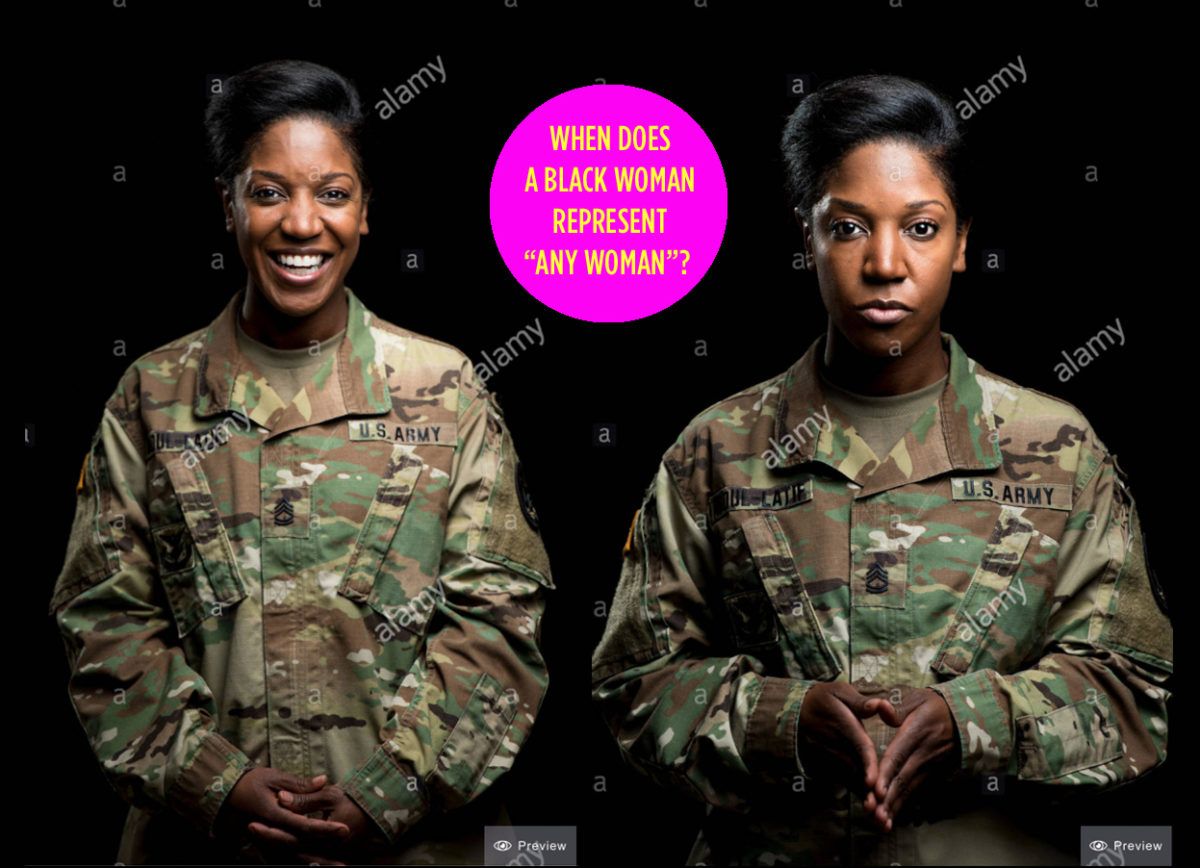Colette Gaiter
Professor
University of Delaware
As the US cultural and demographic landscape changes, students of design will need advanced cultural competence skills in visual communication. The Cross Model of Cultural Competence, developed for health practitioners in 1988, describes a set of congruent behaviors, attitudes and policies that enable a professional to function effectively across cultural difference.1 Younger Americans are more culturally diverse than previous generations, whose imprint remains on iconic US visual media. What people see and what is visually described to them has an emotional effect. Reality is changing faster than visual representation because people have to emotionally embrace a challenging idea before changing their own behavior, perceptions, and representations.2
It is commercially advantageous as well as socially responsible to design for inclusion. Design educators can help students develop theoretical frameworks for creating believable and identifiable diverse representations. Students can learn to apply specific theory and practices that incorporate research from related disciplines such as social science and communications.3 Socially engaged visual practices are evolving and expanding, transcending methods like raising awareness, which can become ineffective simply from overuse. Design audiences can be motivated to change perceptions and behavior through an emotional connection to their own lives and experience. Using theory and methods, designers can develop empathy with their audiences’ perspectives to encourage positive emotional responses to diverse representations.
- “Definitions of Cultural Competence” https://nccc.georgetown.edu/curricula/culturalcompetence.html
- Christiano, Ann; Neimand, Annie. “The Science of What Makes People Care” Stanford Social Innovation Review; Stanford. Vol. 16, Issue 4, (Fall 2018): 26-33.
- For example, Theory of Change (ToC) is a methodology used in the non-profit world to develop and evaluate community and social change initiatives for maximum effectiveness.
This research was presented at the Design Incubation Colloquium 5.2: CAA 2019 Conference New York on Thursday, February 14, 2019.
